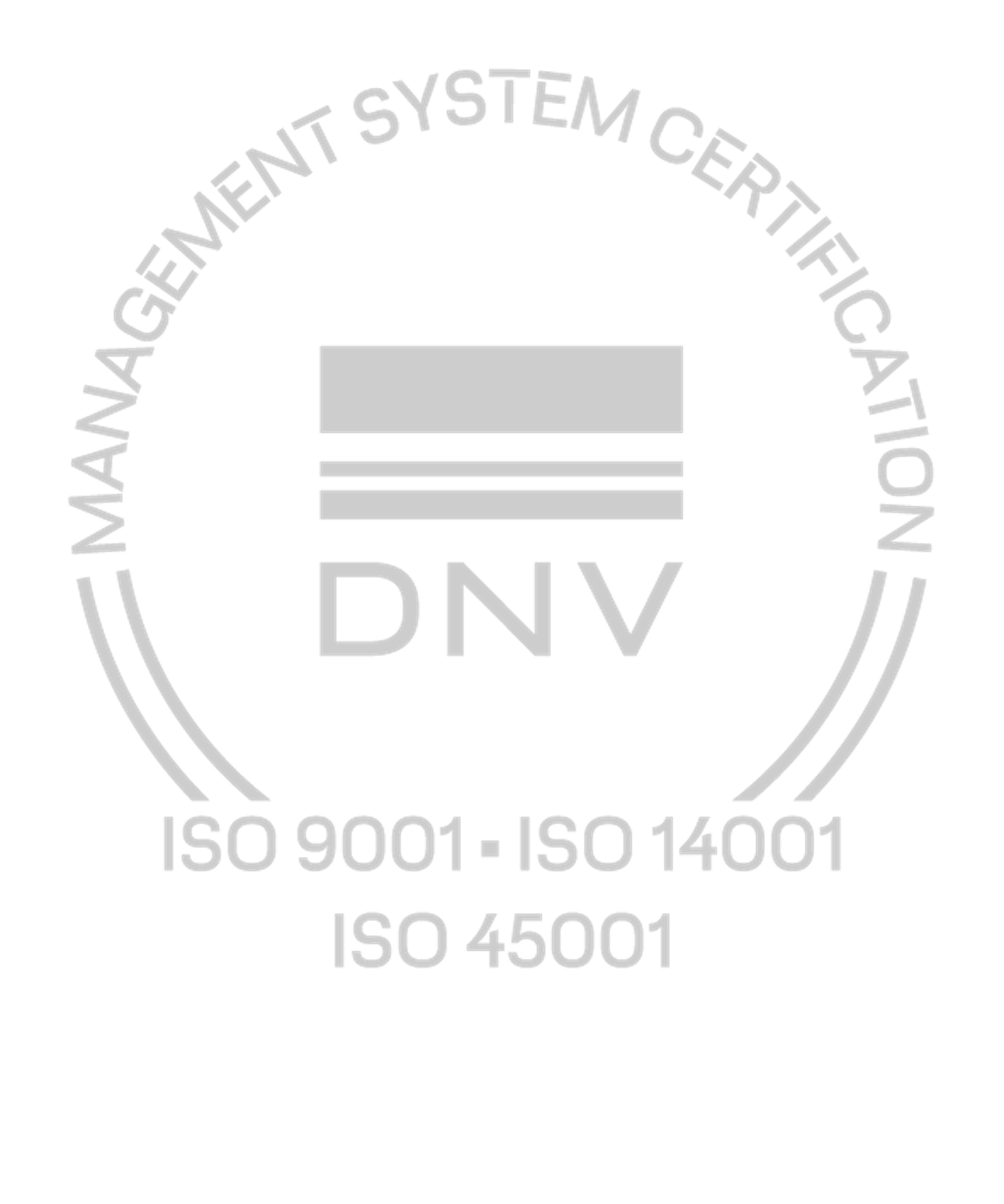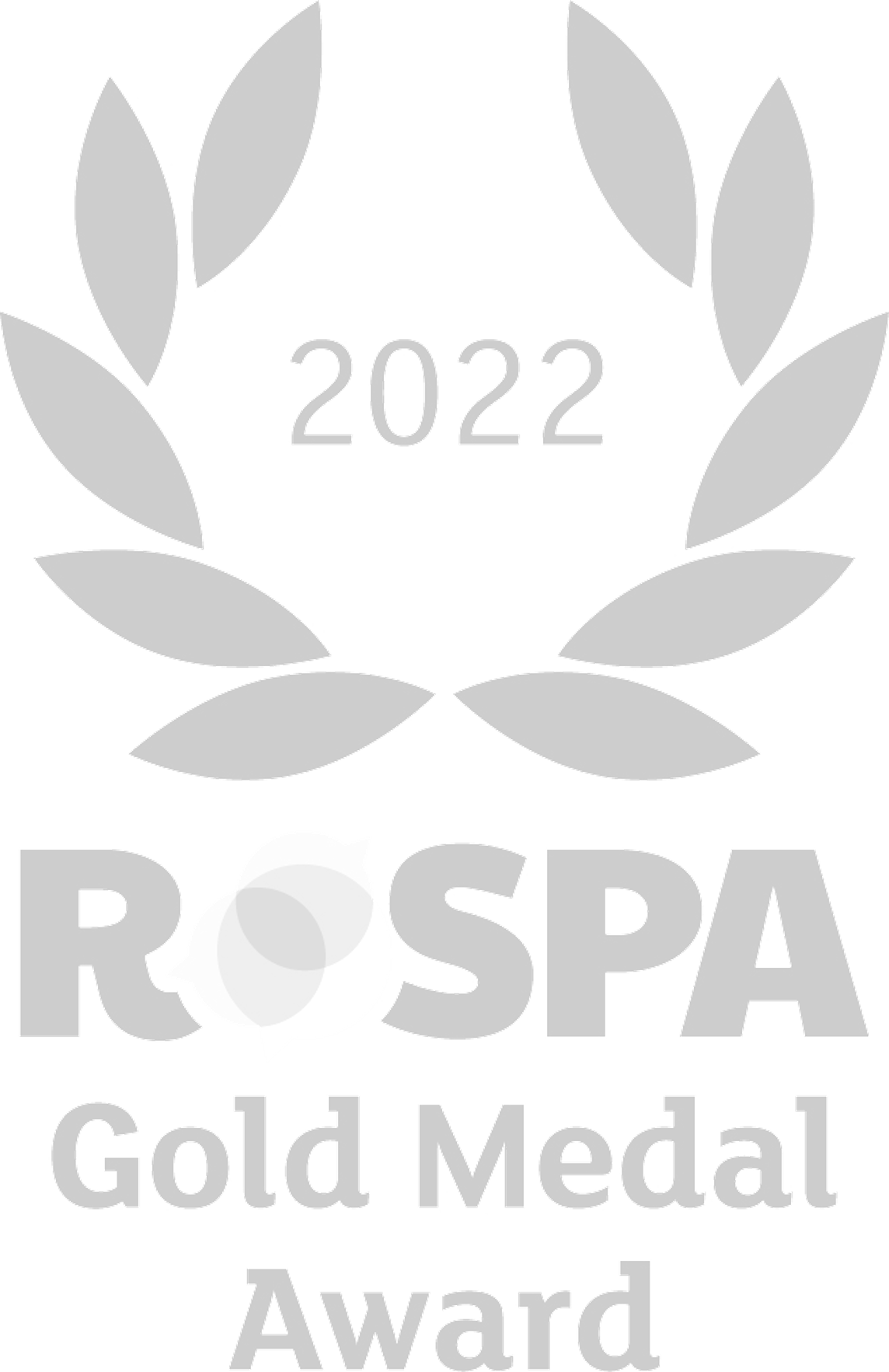SAFETY
"Accidents are preventable. We will encounter many hazards during our course of work. These hazards have the potential to cause serious incidents in our work. Our aim and only aim is to prevent harm to ourselves and colleagues in the workplace.
This booklet provides guiding principles on some of our high risk activities and I encourage you to make a personal commitment to make our workplace safer. Following The Ten STEP Safety Rules will help you identify critical controls that must be in place before undertaking and during work.
We are all empowered to make decisions that will create a safe workplace, even if it means stopping work to make the workplace or activity safe"
Darrell Krieger
CEO
STEP SAFETY RULES
The Ten STEP Safety Rules are intended to be shared across all STEP Oiltools operations, and should be followed by everyone in the interest of their own safety and the safety of others around them.
These rules are intended for the people who organise our work, the people who carry it out and the people who ensure our high work standards.
They are based on systematic processes for identifying, assessing and managing risks to our people, equipment and organisation as a whole.
-
Risk Assessment
We will only carry out work when:
1. All hazards have been identified
2. The risks have been systematically assessed
3. The risk assessment has involved some or all of the people who will carry out the work
4. Risk control measures are in place
5. The supervisor of the work party holds a pre-job talk, involving all members of the work party, confirming knowledge and understanding of the risk assessment and individual responsibilities
6. All members of the work party are satisfied that the risk assessment is suitable and it is safe to start the work
7. Risks are re-assessed whenever the work method or task changes
8. Previously documented risk assessments are reviewed before the work starts to assess the effect of any changes
-
Control of Work
We will only carry out work when:
1. The scope of work is clearly defined, authorised and communicated to those affected
2. The Permit or Work Instruction, if required, is authorised
3. It will be properly supervised from start to finish
4. All personnel are competent, having the necessary knowledge, skill and behaviour to safely complete their assigned tasks
5. Personnel are medically fit to perform the work
6. Planned and unplanned changes are assessed and updated control measures put in place
7. The impact of simultaneous operations is assessed and suitable control measures put in place
8. An effective emergency response plan is in place
9. There are no conflicting activities
-
Lifting Operations
We will only carry out lifting operations when:
1. The lift is properly planned and documented with all risks assessed and controlled. This shall include the:
— Potential for falling objects and extent of the drop zone, considering that falling objects can be deflected
— Method of communication between the lifting team
— Safe positioning of personnel
— Load path, snagging and obstruction hazards
— Suitability of equipment, safe working load, centre of gravity and rigging arrangement
— Forces generated when using mobile lifting equipment
— Effect of weather conditions on the load
2. Equipment is certified for use and is subjected to a visual inspection before and after use
3. All safety devices are in place and are functioning correctly
4. The lifting team have checked the complete lift route
5. A banksman / flagman leads the operation
6. All personnel are kept clear of the identified drop zone by suitable means including barriers, tag-lines, warning signs, public address announcements and sentries
7. Other options have been ruled out before basket transfer or winch man-riding for the lifting of persons can take place. Such operations shall only be carried out using certified equipment, under an approved procedure and risk assessment
-
Work at Height
We will only carry out work where there is a potential for persons or objects to fall when:
1. An approved, fixed and guarded platform is available for the work
2. If fall prevention is not practicable, certified fall restraint or fall arrest equipment is used which has:
— Been anchored overhead or in a suitable position to an approved structure
— An approved full body harness and connections
— Been selected to ensure continuous tie-off
3. Fall arrest equipment, when selected, incorporates a suitable shock absorber, and limits a fall to 2m (6ft) or less
4. A visual inspection of the fall restraint or fall arrest equipment is carried out before and after use
5. A rescue plan and the means to carry out an immediate rescue of a fallen or suspended person is in place before personnel start work at height
6. All tools, equipment and loose objects are always secured
7. An assessment is made of the potential for falling objects and extent of the drop zone, considering that falling objects can be deflected
8. The drop zone is clearly identified with barriers and signs erected
9. A risk assessment is carried out for work off ladders which must be limited to light duty work of short duration
-
Energy Isolation
We will only carry out work on equipment or systems involving energy sources, including electrical, mechanical, pneumatic and hydraulic when:
1. The method of isolation, release of stored energy and de-isolation is identified, documented and applied
2. Stored energy is verified as having been discharged
3. A system of lock-out and tag-out is applied
4. A test is performed to verify that the isolation is effective
5. The isolation is periodically monitored to ensure effectiveness
6. A system is applied to manage and communicate isolations between shifts, work groups and at the end of work
-
Mobile Equipment
We will only operate mobile equipment including cars, light vehicles, mobile plant and cranes, when:
1. The equipment is designed for the intended use, inspected, certified and maintained in a safe working condition
2. Drivers and operators are competent in the use of the equipment, and licensed if so required
3. Passenger numbers do not exceed the design specification
4. Loads are properly secured and do not interfere with the drivers vision, unless a banksman / flagman is used, and do not exceed the equipment design specification
5. When installed, seat belts are worn by all occupants
6. Suitable head protection is worn by the operator and passengers of bicycles, motorcycles, snow-mobiles or similar types of vehicle
7. Drivers have knowledge of local rules and regulations including site specific traffic management policies
8. Mechanical attachments conform with the equipment manufacturer’s instructions and are designed and certified for the intended use
9. Lifting rules are applied, if mobile equipment is used for a lifting operation
10. Drivers are authorised and:
— Medically fit to operate the class of vehicle
— Not under the influence of alcohol or drugs, or suffering from fatigue
— Do not use devices whilst driving
— Perform daily checks on their assigned mobile equipment
-
Rotating Equipment
We will only commence work or maintenance on rotating equipment when:
1. All moving parts are protected by machine guarding where possible and practical
2. Loose clothing, jewellery, lanyards have been removed
3. All grating/s are secure and in place
4. Emergency Stops, Grab Lines and other safety systems are in place and working
5. Personnel are trained / competent to operate / maintain the equipment
Maintenance
1. The permit system is in place and being followed
2. Loose clothing, jewellery, lanyards have been removed
3. Equipment is de-energized and/or depressurized and properly tagged out of service before beginning to work.
4. Lock Out / Tag Out has been completed
5. Toolbox Talk and Risk / Hazard Assessments have been reviewed and approved
6. Personnel are trained / competent to operate / maintain the equipment
-
Tools and Equipment
We will only use tools and equipment when:
1. The personnel are qualified and trained in using the various tools and equipment
2. All tools and equipment are visually inspected and if necessary approved/certified
3. The work has been assessed, and correct tools and equipment have been chosen
4. Tools and equipment are used for the purpose which they were designed
5. All tools and equipment are maintained and in good condition
6. The vendor guidelines for maintenance and storage guidelines are followed
7. Tools and equipment are secured when working at height
8. A safe working position is established. Never overreach, and avoid using tools above head height
-
Protective Equipment
We will only commence work that involves the use of protective equipment when:
1. It is safe for use, maintained in a safe condition and inspected to ensure it is correctly installed and does not subsequently deteriorate
2. The protective equipment has not been interfered with or modified from original specification. This includes protective devices on dangerous machinery, gratings, safety rails and safety devices, etc.
3. Used only by people who have received adequate information, instruction and training
4. Risk assessments, where risk is reduced to As Low As Reasonably Practicable through controls of protective equipment, have been read and understood
Personal Protective Equipment
1. It is appropriate for the risks and task involved, identified through risk and/or chemical assessment as last line of defence
2. The ergonomic requirements and the state of health of the wearer have been taken in to account
3. It can be fitted and worn properly by the wearer
4. It is used in accordance with training and instructions and is free from damage or defects
-
Management of Change
We will only make permanent or temporary changes to organisation, equipment, plant, policies or procedures that have a Health, Safety, Integrity and/or Environment impact when:
1. The need for change is justified and correctly authorised
2. A risk assessment and/or Job Safety Analysis (JSA) is undertaken to assess potential impacts of the change
3. A plan is in place that clearly specifies the timescale for the change and any control measures to be implemented from design to operate regarding:
• Equipment, facilities and process;
• Personnel competency, accountabilities and responsibilities;
• Resources and support;
• Communications;
• Procedures; and
• Documentation.
4. The plan has been authorised, managed and communicated through to completion by the responsible person for the change
5. The situation is reviewed if there is an unexpected change in circumstances



